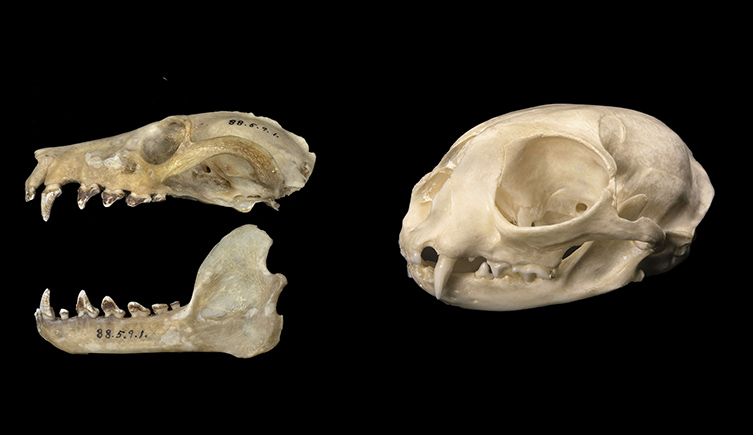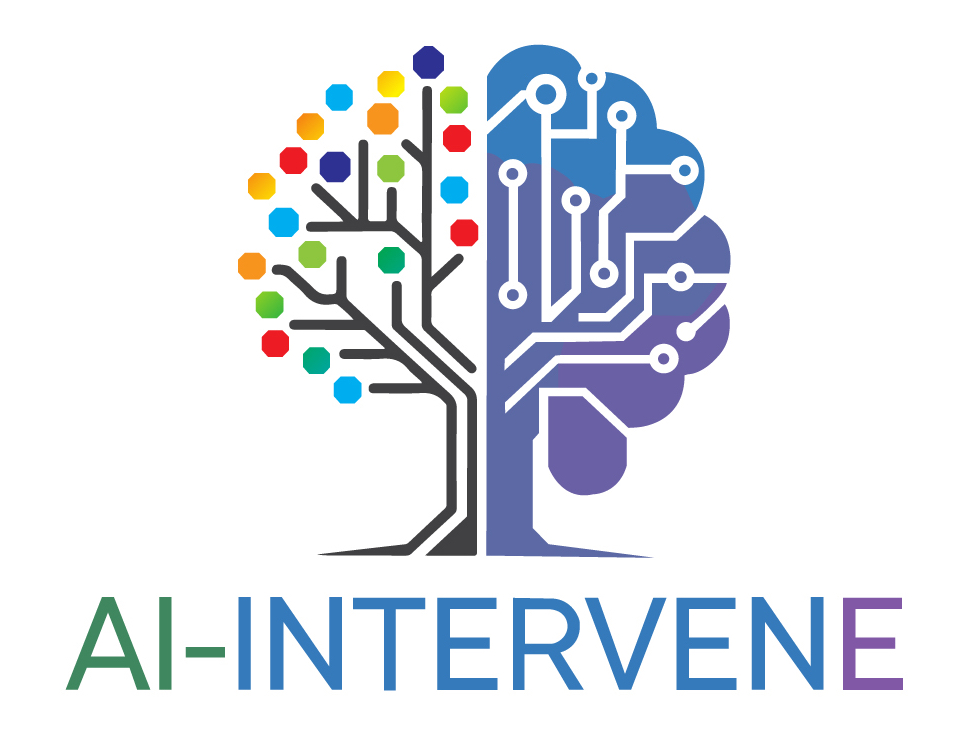Application details
Deadline to apply: Monday 27 January 2025

The fossil record provides a massive but underused source of data on how organisms respond to large-scale changes in their environment, whether due to extinction, invasion, or environmental change. A primary reason that the fossil record is underused is because fossils are often deformed or incomplete and therefore extracting usable phenotypic data for reconstruction evolutionary relationships and patterns is challenging.
In this project, the student will focus on developing novel approaches to retrodeforming 3D images of fossil mammals from the late Mesozoic and early Cenozoic, the period bracketing the last mass extinction. Once these specimens are reconstructed back to their original morphology, they will then extract morphometric and discrete phenotypic data for constructing phylogenetic trees of their evolutionary relationships and using those trees to estimate the selectivity and response of mammals to the end-Cretaceous mass extinction.
This project will develop AI tools for each stage, including for retrodeformation of 3D image data, extracting phenotypic data that is phylogenetically informative, and for constructing phylogenetic trees. There is some incipient work in these areas, but the student will be responsible for fully developing these approaches.
Understanding how species of diverse ecologies responded to the last mass extinction and to the rapid global warming that followed it is critical for predicting responses to the modern environmental crisis. The tools developed in this project will also be widely applicable to other past and modern systems, greatly increasing the ability to incorporate data on phenotype to diverse organisms.
A comprehensive training programme will be provided, comprising training both in applied AI and biodiversity, and transferable professional and research skills. The project includes a placement with an AI-INTERVENE project partner of between 3-18 months in duration. The student will present at national and international conferences, placing the student at the forefront of the discipline, leading to excellent future employment opportunities.
This project would be suitable for a student with a background in machine learning/AI/computer science or environmental/evolutionary science and interest in evolution, palaeobiology and biodiversity.
Deadline to apply: Monday 27 January 2025
Natural History Museum

.png)